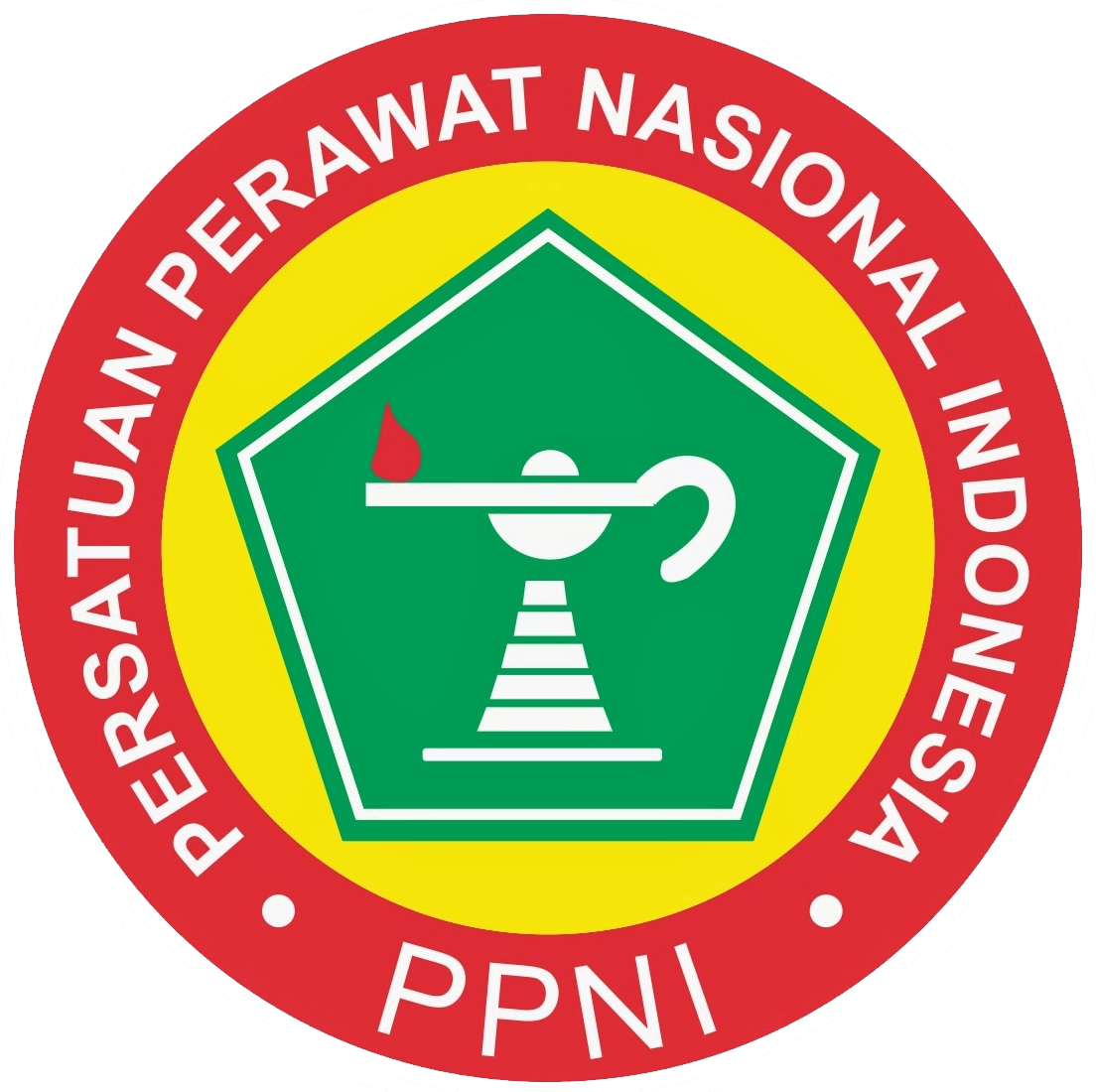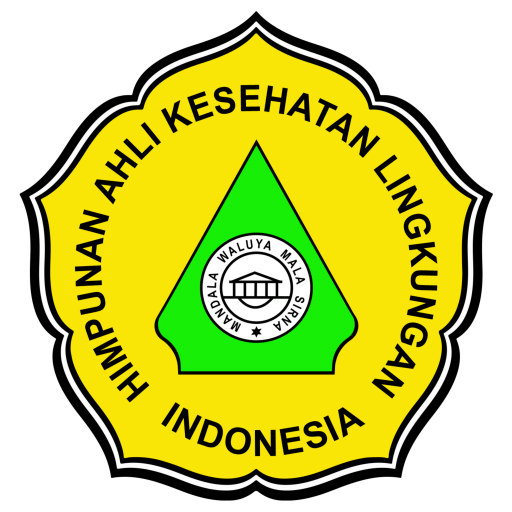APLIKASI SISTEM MONITORING KUALITAS FISIK AIR BERBASIS INTERNET OF THINGS PADA PDAM
Abstract
Salah satu permasalahan yang sering dikeluhkan konsumen PDAM Way Rilau adalah kekeruhan. Penyebabnya adalah kekurangan dosis koagulan dalam proses pengolahan air, akibat ketidakmampuan mendeteksi kekeruhan (Turbidity) dan partikel terlarut (Total Dissolved Solid) secara cepat. Sementara, kualitas fisik sangat berfluktuasi dipengaruhi curah hujan. Pengabdian bertujuan mengembangkan sistem monitoring untuk mendeteksi Turbidity dan TDS air baku berbasis Internet of Things (IoT), sehingga data dapat ditampilkan pada smartphone secara real time. Kegiatan dilaksanakan dalam empat tahap, yaitu analisis masalah, perancangan dan pembuatan alat, uji coba dan validasi, serta instalasi dan evaluasi. Hasil pengujian alat mendapatkan tingkat kesalahan kurang dari 5%, yaitu sebesar 3,11% (Turbidity), dan 2,45% (TDS). Hasil analisis statistik dengan T-Test membuktikan persamaan hasil pengukuran antara alat maupun sensor (P>0,05). Hasil evaluasi menunjukkan bahwa alat dapat bekerja dengan baik, serta mampu menampilkan data secara kontinyu. Perlu pengembangan untuk meningkatkan kinerja alat agar dapat digabungkan dengan sistem operasi lainnya, seperti coagulant dosing pump.
Keywords
Full Text:
PDFReferences
Almonaityte, K., Bendoraitiene, J., Babelyte, M., Rosliuk, D., and Rutkaite, R. (2020). Structure and properties of cationic starches synthesized by using 3-chloro-2-hydroxypropyltrimethylammonium chloride. International Journal of Biological Macromolecules, 164, 2010–2017. https://doi.org/10.1016/j.ijbiomac.2020.08.089
Bolto, B., and Gregory, J. (2007). Organic polyelectrolytes in water treatment. Water Research, 41(11), 2301–2324. https://doi.org/10.1016/j.watres.2007.03.012
Carolin, C. F., Kumar, P. S., Saravanan, A., Joshiba, G. J., and Naushad, M. (2017). Efficient techniques for the removal of toxic heavy metals from aquatic environment: A review. Journal of Environmental Chemical Engineering, 5(3), 2782–2799. https://doi.org/10.1016/j.jece.2017.05.029
Cristy, P. D. (2017). Peningkatan Kompetensi Dasar Perancangan Desain Pcb Berbantuan Software Eagle Dengan Metode Project Based Learning. E-Journal Universitas Negeri Yogyakarta, 7(2), 51–59.
El-Shinta. (2017). Kupas Tuntas - Musim Hujan, Pelayanan PDAM di Lampung Buruk. Swara Lampung. https://www.kupastuntas.co/2018/02/20/musim-hujan-pelayanan-pdam-di-lampung-buruk
Garcia Soler, N., Moss, T., and Papasozomenou, O. (2018). Rain and the city: Pathways to mainstreaming rainwater harvesting in Berlin. Geoforum, 89(May 2017), 96–106. https://doi.org/10.1016/j.geoforum.2018.01.010
Junaidi, and Prabowo, Y. D. (2018). Project Sistem Kendali Elektronik Berbasis Arduino. In CV Anugrah Utama Raharja.
Kristianto, H. (2017). The Potency of Indonesia Native Plants as Natural Coagulant: a Mini Review. Water Conservation Science and Engineering, 2(2), 51–60. https://doi.org/10.1007/s41101-017-0024-4
Lin, Q., Qian, S., Li, C., Pan, H., Wu, Z., and Liu, G. (2012). Synthesis, flocculation and adsorption performance of amphoteric starch. Carbohydrate Polymers, 90(1), 275–283. https://doi.org/10.1016/j.carbpol.2012.05.035
Maurya, S., and Daverey, A. (2018). Evaluation of plant-based natural coagulants for municipal wastewater treatment. 3 Biotech, 8(1), 1–4. https://doi.org/10.1007/s13205-018-1103-8
Mawardi, I. (2008). Upaya meningkatkan daya dukung sumberdaya air Pulau Jawa (The water resources support improvement strategy on the Java island). Journal Teknik Lingkungan, 9(1), 98–107.
PDAM Way Rilau Bandar Lampung. (2021). Profil PDAM Way Rilau Bandar Lampung. PDAM Way Rilau Bandar Lampung.
Salehizadeh, H., Yan, N., and Farnood, R. (2018). Recent advances in polysaccharide bio-based flocculants. Biotechnology Advances, 36(1), 92–119. https://doi.org/10.1016/j.biotechadv.2017.10.002
Schwab, K. (2016). The Fourth Industrial Revolution: what it means, how to respond. World Economic Forum.
Semaan, M., Day, S. D., Garvin, M., Ramakrishnan, N., and Pearce, A. (2019). Optimal sizing of rainwater harvesting systems for domestic water usages: A systematic literature review. Journal Pre-Proof, 106192. https://doi.org/https://doi.org/10.1016/j.rcrx.2020.100033
Senthil Kumar, P., Janet Joshiba, G., Femina, C. C., Varshini, P., Priyadharshini, S., Arun Karthick, M. S., and Jothirani, R. (2019). A critical review on recent developments in the low-cost adsorption of dyes from wastewater. Desalination and Water Treatment, 172, 395–416. https://doi.org/10.5004/dwt.2019.24613
Sillanpää, M., Ncibi, M. C., Matilainen, A., and Vepsäläinen, M. (2018). Removal of natural organic matter in drinking water treatment by coagulation: A comprehensive review. Chemosphere, 190, 54–71. https://doi.org/10.1016/j.chemosphere.2017.09.113
Taiwo, A. S., Adenike, K., and Aderonke, O. (2020). Efficacy of a natural coagulant protein from Moringa oleifera (Lam) seeds in treatment of Opa reservoir water, Ile-Ife, Nigeria. Heliyon, 6(1), e03335. https://doi.org/10.1016/j.heliyon.2020.e03335
Wanda, Dirsah, and Edu. (2018). Pelayanan PDAM Way Rilau Masih Buruk. Kupas Tuntas. http://lenteraswaralampung.com/berita-4621-pelayanan-pdam-way-rilau-masih-buruk.html
Wang, Y., Jiang, L., Shang, H., Li, Q., and Zhou, W. (2020). Treatment of azo dye wastewater by the self-flocculating marine bacterium Aliiglaciecola lipolytica. Environmental Technology and Innovation, 19, 100810. https://doi.org/10.1016/j.eti.2020.100810
Yushananta, P. (2021a). Factors Affecting Water Quality in Rain Water Harvesting (RWH) System: Review. Ruwa Jurai: Jurnal Kesehatan Lingkungan, 15(1), 40. https://doi.org/10.26630/rj.v15i1.2178
DOI: https://doi.org/10.31983/link.v18i1.8379
Article Metrics
Refbacks
- There are currently no refbacks.
LINK (ISSN: 1829-5754 e-ISSN: 2461-1077), dipublikasikan oleh Pusat Penelitian dan Pengabdian kepada Masyarakat, Poltekkes Kemenkes Semarang, Jl. Tirto Agung, Pedalangan, Banyumanik, Semarang, Jawa Tengah 50268, Indonesia; Telp./Fax: (024)7460274
Public Services :
![]() E-mail: link@poltekkes-smg.ac.id
E-mail: link@poltekkes-smg.ac.id
 LINK is licensed under a Creative Commons Attribution-ShareAlike 4.0 International License
LINK is licensed under a Creative Commons Attribution-ShareAlike 4.0 International License
















